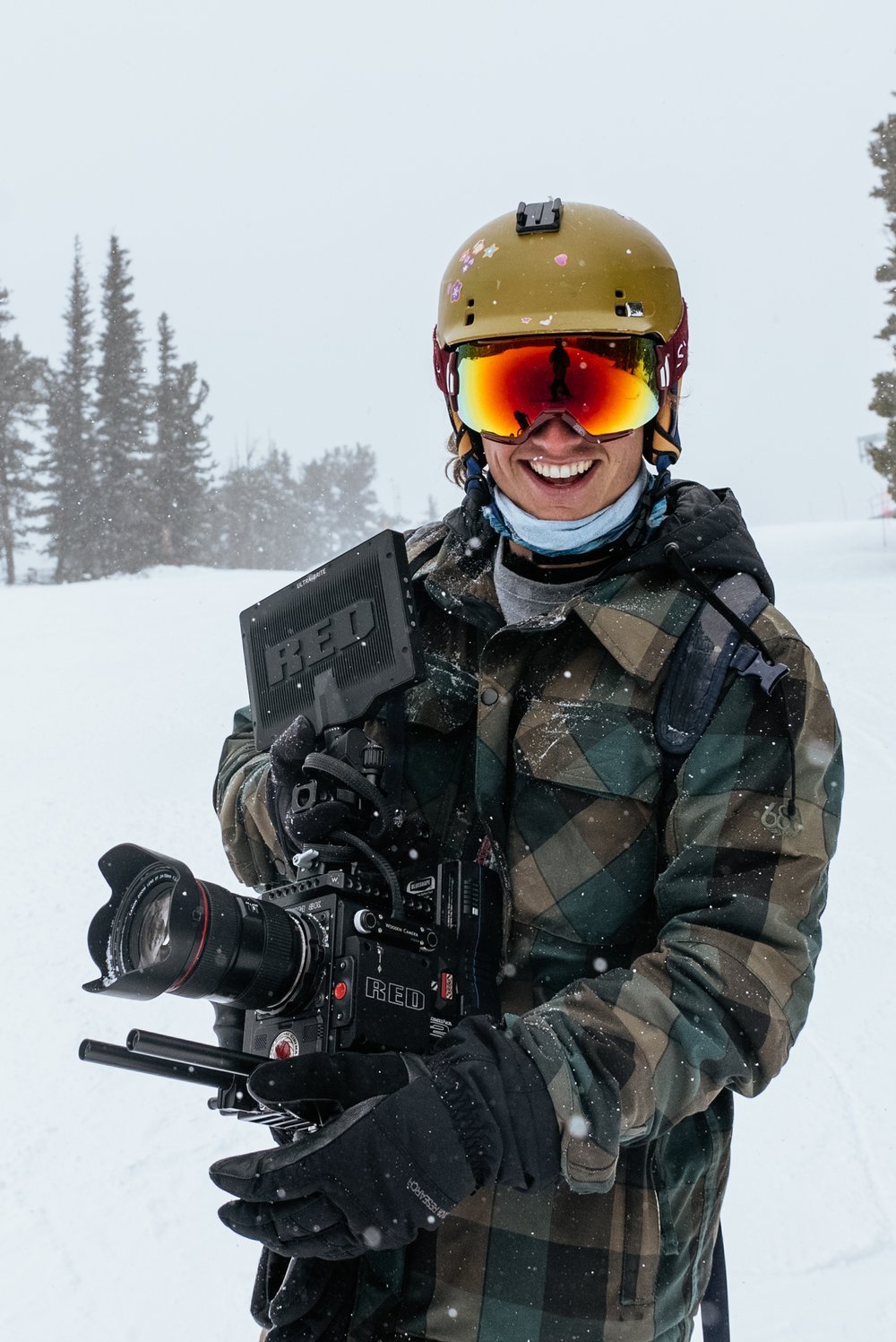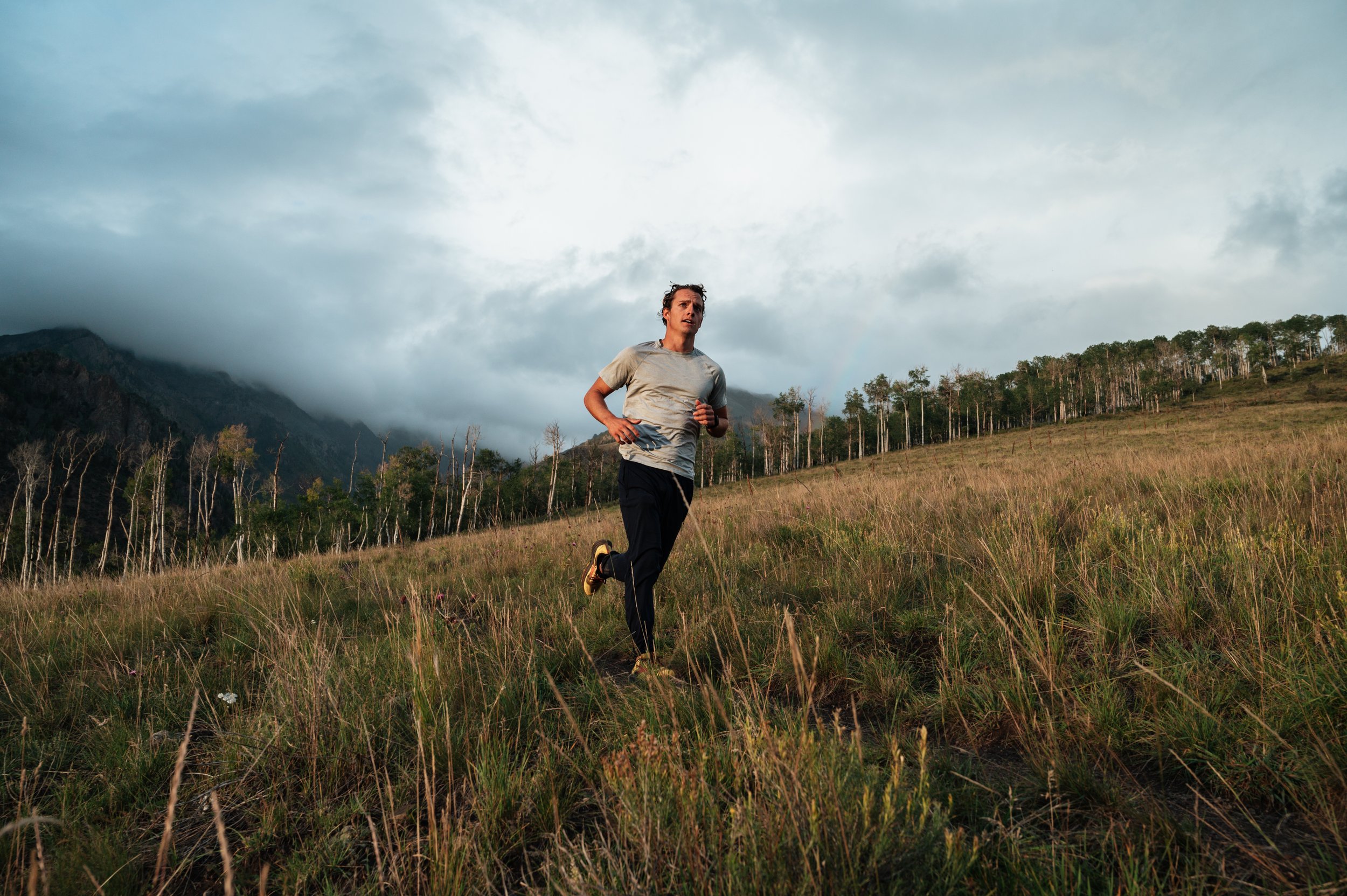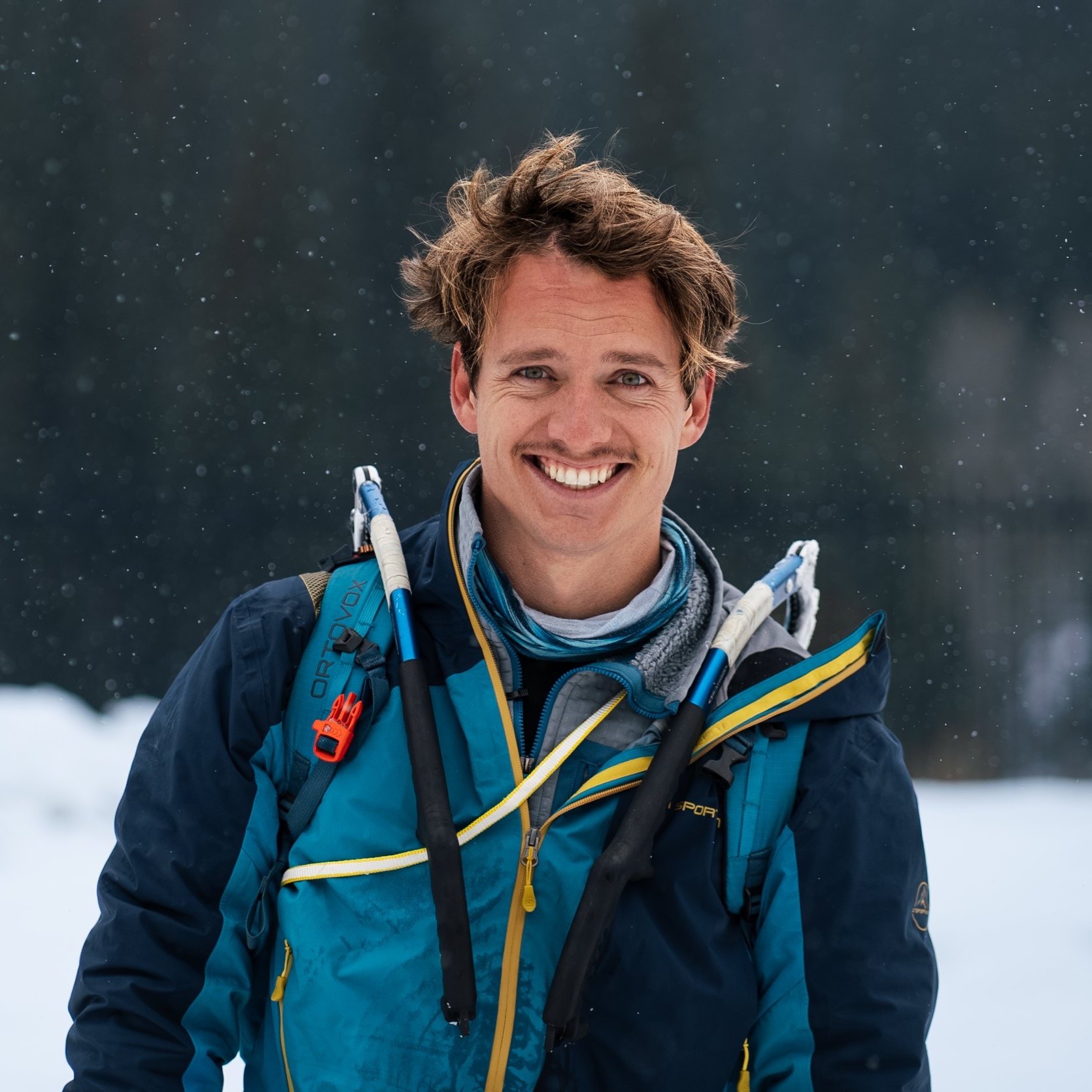How I Train for Ski Films
Balancing Fitness and Filmmaking
I would say a lot of my work as a ski filmmaker comes not because of my exceptional camera work but my ability to partner filmmaking with my mountain sports background. I definitely don’t believe I’m the best filmmaker in the outdoor industry or even the ski industry, but I believe I’m given some interesting opportunities as a filmmaker who can operate cameras deep into the backcountry while skiing beside the pros…
Because a lot of my work revolves around following professional outdoor athletes in the mountains, it’s important for me to stay fit in the winter time. My mentality around balancing fitness and creativity as a filmmaker is that it all serves one purpose: sharing uplifting stories about hope, joy, and adventure. The more I can keep up with professional athletes, the more opportunities I will be given to share a wider range of human emotions. I believe the outdoors is an amazing backdrop for a lot of these stories, and while skiing can be beautiful, I believe it’s just a vehicle for accessing these wild places and experiencing these intense emotions. At the end of the day, it all comes down to storytelling, and if I can’t keep up with the individual whose story I’m trying to share, I’m not able to document it in the best way.
Although it seems glamorous to train for skiing, even though my profession is something else, I do believe it’s important for my professional development to become more proficient in the mountains.
Training in the Backcountry
Most obviously, where I trained for making ski films is going skiing. Simply getting on the snow and practicing the fundamentals can go a long way. I found that ski touring at my local ski resort has been a consistent way that I can develop my backcountry skills in a safe and accessible way. For example, on Thursday mornings, I’ll typically head up to Eldora ski resort by myself and walk up through their trees to get the experience of handling skins, transitioning from uphill mode to downhill mode, and building my aerobic base for bigger spring objectives. The more dialed I can be on skis, the faster I will be when it comes to adding in the complexity of dealing with cameras in the backcountry as well.
I took my level 1 AAIRE avalanche certification a few years ago, and although I have a decent amount of experience in the backcountry, Colorado has pretty intense avalanche conditions in the winter, so I don’t feel comfortable going out alone just to train. However, because the ski resort is already avalanche-safe, it makes me feel a lot more comfortable as a solo adventure on a weekday morning.
I go snowboarding.
I grew up both skiing and snowboarding. My dad has lived right at the base of a ski resort my entire life, so they both feel like second nature to me. That being said, there are filming benefits to being on a snowboard as opposed to being on skis in certain situations. When I’m operating the camera for a commercial-style shoot in the mountains, and I will be taking off my board periodically to capture the lifestyle component of skiing, such as being in the lodge or chatting with friends at the train park, I prefer snowboarding because the boots are a little more comfortable.
Also, tracking shots tend to be a little easier on a snowboard because your body is already twisted sideways, making it easier to get a profile shot of the athlete as they quickly descend. So, in order for me to be the best filmmaker I can be in respect to the ski and snowboard industry, I try to spend equal time on skis and snowboard when I’m training.
I go trail running.
I know it may seem like my training plan is a bit all over the place considering I just do various sports that I love, but there’s a reason for all of it. By practicing ski touring, I improve my technical abilities in the backcountry and dealing with ski gear. By practicing snowboarding, I become more confident with the edges and the sensation of camera operating while flying down the mountain. For trail running, I improve my overall fitness. I believe running is the best way to train for all outdoor sports because it increases your VO2 max, or your body’s ability to process oxygen.
Running for Overall Fitness: The Backbone of Outdoor Sports
The higher your VO2 max, the more oxygen you can intake, and thus, the more fit you will be. I spend about 3/4 of my year in some sort of training block for various ultramarathon races, but I also love it for its ability to keep my aerobic and muscular fitness up. My mentality is that if I can be ready to run a 50K ultramarathon at any point, then I can keep up with most ski athletes in the backcountry.
Although I am a lifelong skier and snowboarder, I believe there’s a big difference in the level of fitness and expertise between a recreational skier and a professional skier. I’m proud of my physical accomplishments, but there is still a massive gap between what I do and what these athletes do. My intention is not to be more fit than the athlete but to minimize that gap a little bit.
Bridging the Gap
By the nature of what they do for work and how they make money, I will never be faster, more fit, or more technically savvy than them on snow. They have their jobs, and I have mine. To emphasize what I wrote at the beginning, my job is to share stories, to document meaningful experiences and memorable emotions.
All I need my skiing and snowboarding to do is to take me to these places and interact with these people as they go through their journey.
Want to Work Together?
Roo is a commercial/documentary filmmaker and photographer based in Boulder, Colorado but travels all around the world for his filmmaking career. He has produced films for Outside Magazine in Ireland, camera operated for Netflix in the Rocky Mountain West, photographed among indigenous communities in Peru and Ecuador, directed videos with professional climbers in Mexico and has received notable recognition in his hometown of Orcas Island in Washington State for his work telling uplifting stories in the outdoor space.
Let’s chat - reach out below and I’ll respond in the next 24-48 hours!







